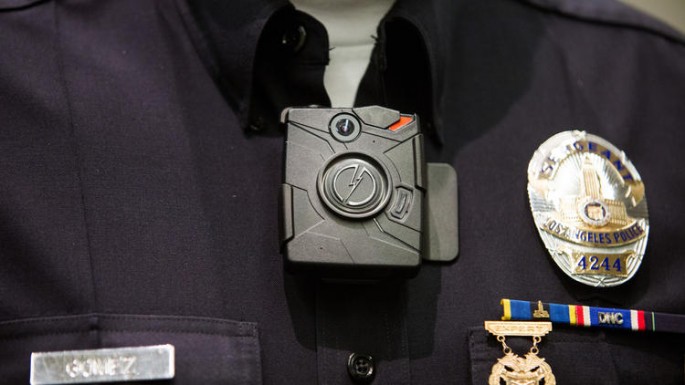The Los Angeles Police Department (LAPD) will soon have 7,000 on-body cameras for its police officers, L.A. Mayor Eric Garcetti announced in a news conference on Tuesday.
By 2015 summer, the LAPD will become the United States' biggest law-enforcement department to show development in a technological expansion.
Garcetti unveiled the plans in a news conference, saying that he has plans to put millions of dollars in the 2015 budget for the body cameras and that the first batch of cameras, which is over 800 units, is expected to be utilized by the LAPD officers in January next year.
Soboroff said that the LAPD was already in negotiations with the seller of the cameras before Mayor Garcetti's announcement.
"This is a huge step for law enforcement," said Charlie Beck, an LAPD police chief.
According to Los Angeles Police Commission president Steve Soboroff, the body cameras would most likely cost around $10 million for the first two up to three years and that technology from Taser International, an American manufacturer of Taser guns in the U.S., will be included.
Garcetti said that the cameras will provide "more facts and evidence" to easily know the truth on the streets.
Before the announcement was made, the cameras were tested for years on a few select officers from the LAPD, which has around 9,900 police officers. LAPD officers field tested several types of the cameras for 90 days.
In the United States, one in every six law-enforcement departments have officers that patrol with small cameras mounted on either their sunglasses, lapels or chests.
The cameras were widely requested after a police shooting of a black teenager aged 18 years in Ferguson. U.S. President Barack Obama then urged to spend over $70 million to fit cameras to 50,000 officers nationwide.
Garcetti said that Los Angeles would take part for the funding. Private donations, with the help of Soboroff, paved way for raising more than $1 million to help in the purchase of the body cameras.
However, Beck said that the cameras will not be officially used unless a regulation has been made with consultation from the public and shareholders. The regulation or policy must be approved by the City Council and the civilian oversight commission.




























